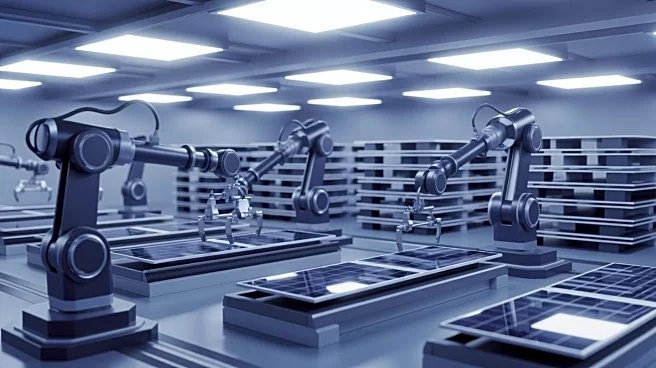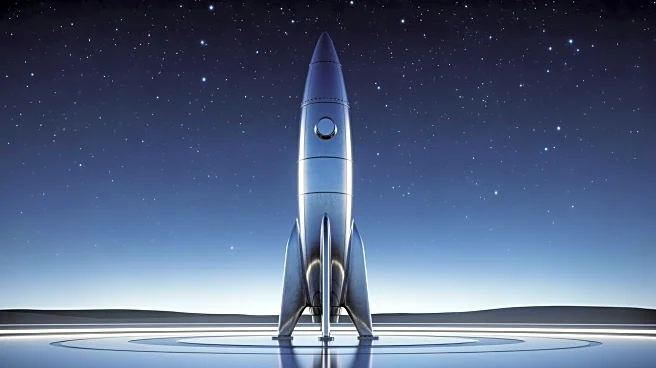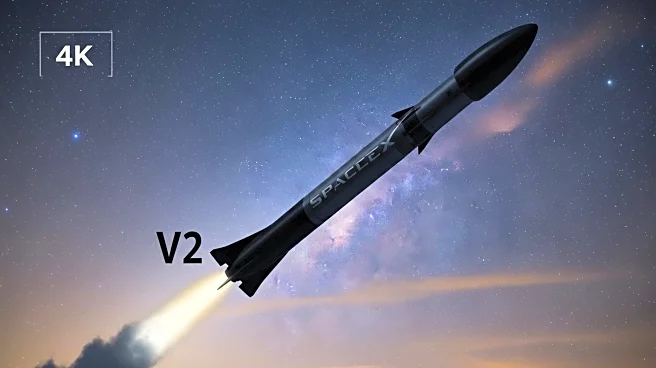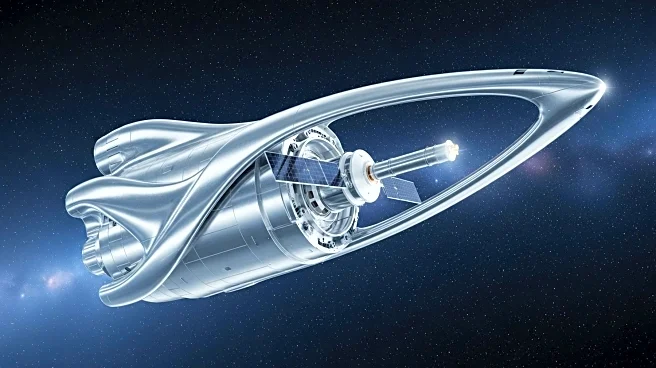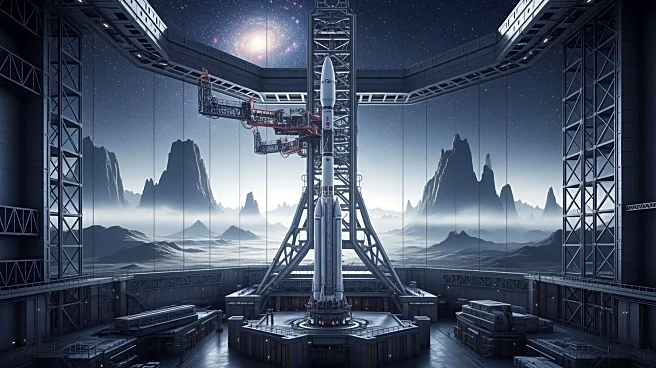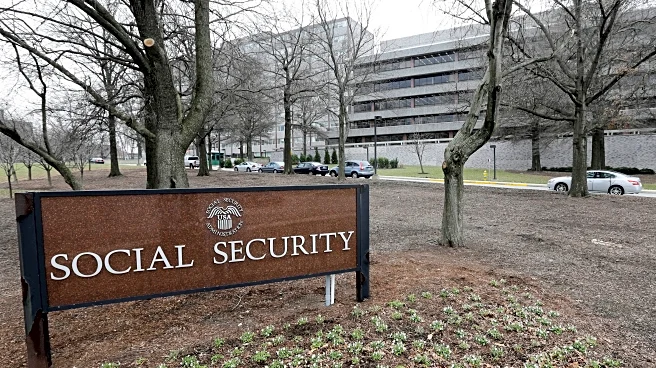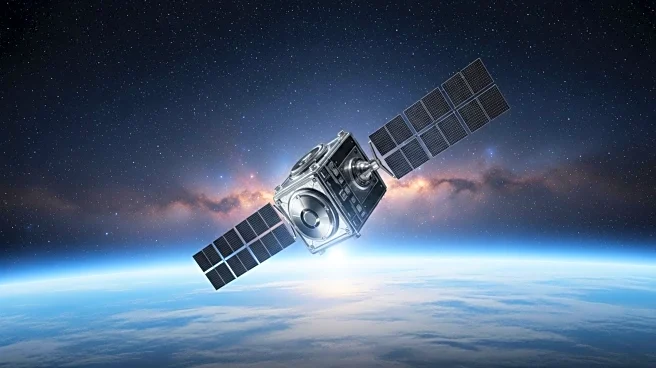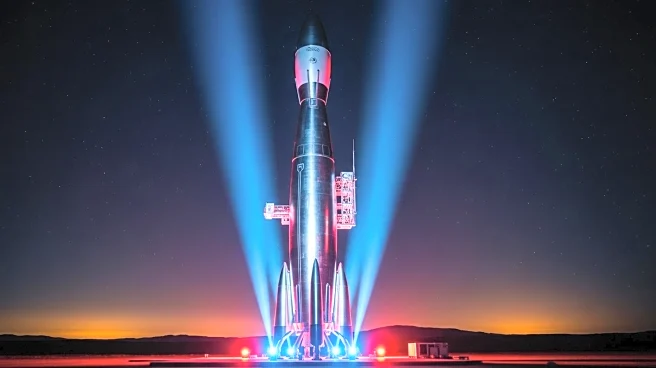What's Happening?
NASA's Orion spacecraft has reached the Vehicle Assembly Building at Kennedy Space Center in Florida, marking a significant step in preparations for the Artemis II mission. This mission, set to launch
early next year, will carry four astronauts around the Moon. Despite the ongoing federal government shutdown, which began on October 1, the White House has approved the continuation of work on the Artemis program. The spacecraft, developed by Lockheed Martin, has undergone several preparatory stages, including fueling and the installation of a Launch Abort System. The Orion spacecraft is now ready to be stacked on top of the Space Launch System rocket, with a potential launch date as early as February 5. The Artemis II mission will be the first crewed mission to the Moon's vicinity since 1972, featuring astronauts Reid Wiseman, Victor Glover, Christina Koch, and Jeremy Hansen.
Why It's Important?
The Artemis II mission represents a pivotal moment in NASA's efforts to return humans to the Moon, a goal that has not been achieved since the Apollo missions. This mission is crucial for testing the capabilities of the Orion spacecraft and the Space Launch System, both of which are integral to NASA's long-term lunar exploration plans. The successful execution of Artemis II could pave the way for future missions, including the eventual goal of establishing a sustainable human presence on the Moon. The mission also highlights the resilience of NASA's operations, continuing progress despite the challenges posed by the government shutdown. The involvement of international partners, such as Canadian astronaut Jeremy Hansen, underscores the collaborative nature of modern space exploration.
What's Next?
In the coming days, the Orion spacecraft will be lifted and integrated with the Space Launch System rocket inside the Vehicle Assembly Building. This process involves precise engineering and coordination to ensure the spacecraft is securely mounted for its journey. As the launch date approaches, NASA will conduct a series of tests and simulations to ensure all systems are functioning correctly. The mission's success will depend on the seamless operation of both the spacecraft and the rocket, as well as the coordination of the international team of astronauts. The outcome of Artemis II will influence the timeline and planning of subsequent Artemis missions, including the highly anticipated Artemis III, which aims to land astronauts on the lunar surface.



